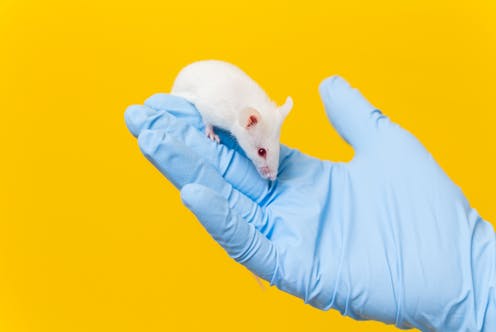New drugs are generally tested on animals such as mice and rats before being tested on people. The results of these animal studies are often reported in the media, perhaps raising hope these “miracle”, “promising” or “dramatic” findings will one day be replicated in humans and lead to a new drug. But in a study published today , we find out how few of these therapies tested in animals receive regulatory approval for use in humans and end up on the market.
The Swiss and UK researchers found just 5% made the grade and for those that were successful, the process took an average ten years. Here’s why so few drug candidates in animal trials end up as human therapies. Animal studies can be valuable for learning about diseases and finding possible drug targets.

But they can’t fully tell us how safe and effective treatments will be for humans. For example, some potential treatments for Alzheimer’s , stroke and cancer worked well in animals but didn’t work the same in people. So the authors looked at what percentage of therapies successfully moved from animal studies to human use, the time this took, and whether the results from animal and human studies agreed.
They did this by combining and analysing the results of studies published before August 2023 using a variety of techniques. They assessed the quality of the included studies using a meta-analysis (which combines the results of several studies) to work out whether positive outcomes in animal studies translate.























